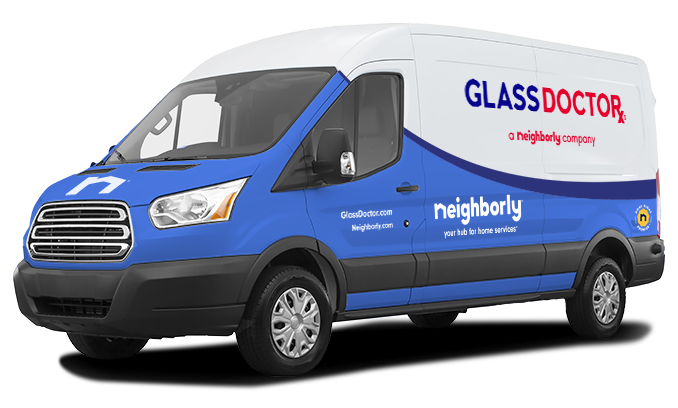Glass Doctor provides insights on DIY windshield installation.
|
Installing A Windshield Yourself
Most of us, at one time or another, have taken on a few DIY projects here and there. And as the popularity of DIY projects has grown, so has the idea that just about anything can fall under the DIY category. So, if you come across information related to DIY windshield installation, you might think,“I can install a windshield myself!” Well, it's time to set the record straight. Installing a car windshield yourself is NOT a good idea, period.
A cars' windshield is vital to the structural integrity of the vehicle— during a rollover accident, it accounts for 60% of a cars' structural integrity. An improperly or poorly installed windshield will not only compromise the cars' structural integrity, but can also result in more extensive damage, injury, and increase the chance of fatality during an accident. There are several other factors that make installing a windshield yourself very challenging so, before you consider taking on such a daunting task, here's what you should know.
Your Windshield—A Key to Structural Stability
The safety and the safety of any passengers riding in your vehicle is directly impacted by the integrity of your vehicle. Many of us know bald tires or poorly maintained brakes can affect vehicle safety, but the structural integrity of your car windshield is equally, if not more, important to vehicle safety. A car windshield not only protects the driver and passengers from road debris and the elements, but it also serves as a vital structural support—especially during an accident. Therefore, having a windshield installed properly by a licensed auto glass professional—preferably one that follows the Auto Glass Safety Council (AGSC) recommendations—will ensure it complies with all Federal Safety Standards and doesn't compromise the structural integrity of the vehicle.
Related topic: Dangers of a Cracked Windshield
Choosing the Right Type of Windshield Glass
Another factor that makes installing a windshield yourself a challenging job is choosing the right type of windshield glass. Most people don't know there are three different types of auto glass used to replace a windshield: dealer glass, aftermarket glass, and Original Equipment Equivalent (OEE) glass.
Also, DIY windshield installations may not be covered under your current auto insurance policy and won't include a limited windshield warranty. Plus, there's the added expense of having your windshield replaced if you don't get it right.
Windshield Calibration
Many newer car models now include Advanced Driver Assistance Systems (ADAS). These systems utilize a combination of radar, lidar, cameras, computer imaging, sensors, networking, and other components to help create a safer driving experience. We rely on these systems to assist us with things like maintaining proper braking distance, collision avoidance, navigating tight parking spots, and even turning on and off lights and wipers as needed. What most people don't know is these systems rely on sensors located in various positions around the vehicle. The camera that facilitates most of these functions is located on the windshield and requires precise positioning and calibration to function properly. Special tools and software are also needed to get the job done right because, if the position of the camera is changed or off by even a millimeter or degree, it could potentially disable the entire ADAS system. Just another reason why precise calibration is essential after a windshield replacement.
Like the car itself, the car windshield has come a long way over the last fifty plus years. A car windshield is much more techie and advanced than most people think. Although replacing your own windshield might seem like a challenge you can handle, even the more advanced and ambitious DIYer will struggle to get it exactly right. Is this a risk you really want to take? Having your windshield repaired or replaced by a professional glass specialist from Glass Doctor will give you peace of mind that the job was done right—and that's a comforting thought as you head out on your next road trip.


